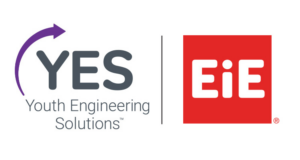Unit Overview
Youth engineer bandages that can cover and protect a model cut.
- Grades K-2
- Setting: Out of school
- 9 activities
- 45–60 minutes per activity
Unit Map
Our funders
Major support for this project has been provided by the National Science Foundation.
